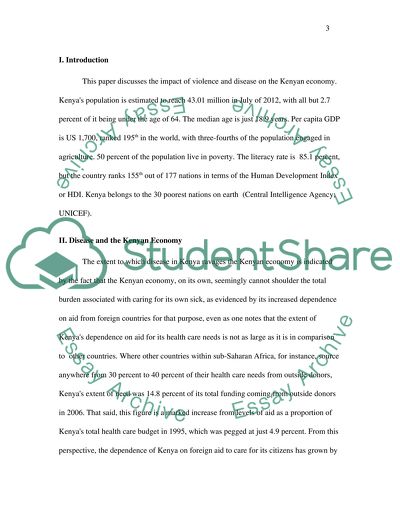Cite this document
(“Effects Of Violence And Disease On The Kenyan Economy Research Paper”, n.d.)
Retrieved from https://studentshare.org/geography/1447636-effects-of-violence-and-disease-on-the-kenyan-economy
Retrieved from https://studentshare.org/geography/1447636-effects-of-violence-and-disease-on-the-kenyan-economy
(Effects Of Violence And Disease On The Kenyan Economy Research Paper)
https://studentshare.org/geography/1447636-effects-of-violence-and-disease-on-the-kenyan-economy.
https://studentshare.org/geography/1447636-effects-of-violence-and-disease-on-the-kenyan-economy.
“Effects Of Violence And Disease On The Kenyan Economy Research Paper”, n.d. https://studentshare.org/geography/1447636-effects-of-violence-and-disease-on-the-kenyan-economy.


